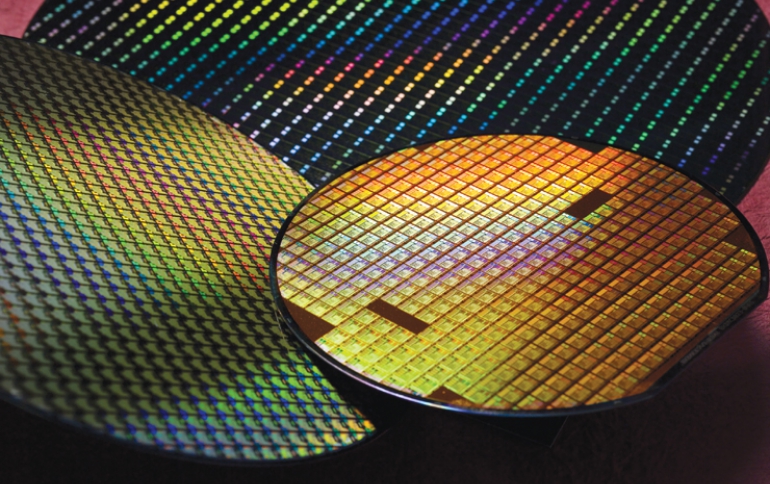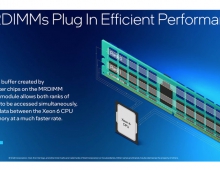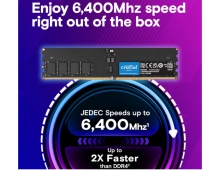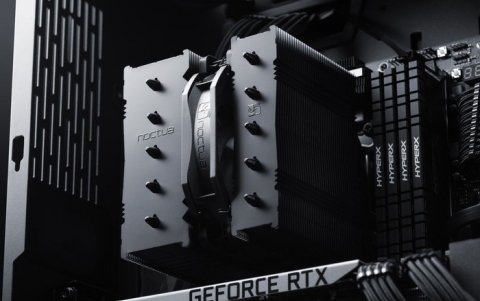
Intel To Produce 10nm ARM-based Chips LG, Others
Intel said it’s licensing technology from rival ARM Holdings Plc, a move to win more customers for its business that manufactures chips for other companies. The two chipmakers unveiled the agreement Tuesday at the Intel Developer Forum in San Francisco. As part of the deal, Intel will be allowed to offer third-party semiconductor companies its most advanced 10-nanometer production lines for manufacturing the complex chips usually used in smartphones.
Intel's 10 nm design platform will now offer access to ARM Artisan physical IP, including POP IP, based on the most advanced ARM cores and Cortex series processors. Optimizing this technology for Intel’s 10 nm process means that Intel's foundry customers can take advantage of the IP to achieve great PPA (power, performance, area) for power-efficient, high-performance implementations of their designs for mobile, IoT and other consumer applications.
The ARM Artisan platform includes:
- High Performance and High Density Logic Libraries
- Memory Compilers
- POP IP (for future ARM premium mobile cores)
"Our 10 nm technology will provide improvements in transistor scaling and offer new performance, power and cost benefits as well as a wide range of device features to meet different product requirements," said Zane Ball, co-general manager of Intel Custom Foundry at Intel.
LG Electronics, Spreadtrum, Achronix Semiconductor, Netronome and Altera were among Intel's foundry clients that will offer ARM-based chips manufactured by Intel.
LG Electronics plans to produce a mobile platform based on Intel Custom Foundry’s 10 nm design platform. The Korea’s second biggest phone maker developed its first mobile application processor (AP) named Nuclun in late 2014 and applied it to its smartphone G3. It produced Nuclun at Taiwan Semiconductor Manufacturing Co. (TSMC), the world largest semiconductor foundry. Still, LG's 10 nanometer chips are expected to enter mass production in the second half of 2017.
Spreadtrum is designing on Intel’s 14 nm foundry platform; Achronix Semiconductor is in production on its Intel 22 nm Speedster 22i HD1000 networking silicon; Netronome is in production on its Intel 22 nm networking silicon and finally Altera is using Intel's foundry platform to build the first true 14 nm FPGA.
Intel, which gets the majority of its revenue from making PC processors, has failed to gain ground in the larger and faster-growing phone market -- the stronghold of ARM’s technology. Adding licenses for ARM’s technology could open up that business to fabricating chips based on those designs for companies such as Qualcomm and Apple, which now have their chips produced by Taiwan Semiconductor Manufacturing Co. and others.
Intel’s embrace of the competing technology comes as the PC market continues to decline and growth in the lucrative server-chip market slows.
Separately, Intel said it won’t use extreme ultraviolet lithography as a manufacturing technique in its 10-nanometer production. This is a blow for Dutch ASML Holding NV, the main manufacturer of EUV machinery. EUV
isn’t ready for the next generation of production, 7 nanometer, Intel also said, and the company won’t use the chipmaking technique until it delivers the promised efficiency.
The 10nm node will use only immersion lithography.
However, Intel expressed confidence that EUV will eventually be used in production.
With the 10nm process, Intel retains its lead over competing chip makers, although giants such as TSMC have been closing the gap.
Intel also appears to have a cost edge in packaging with its embedded multi-die interconnect bridge technology announced more than a year ago. The general manager of Intel’s FPGA group, the former Altera, showed a Stratix 10 die using EMIB to link four external serdes.





















